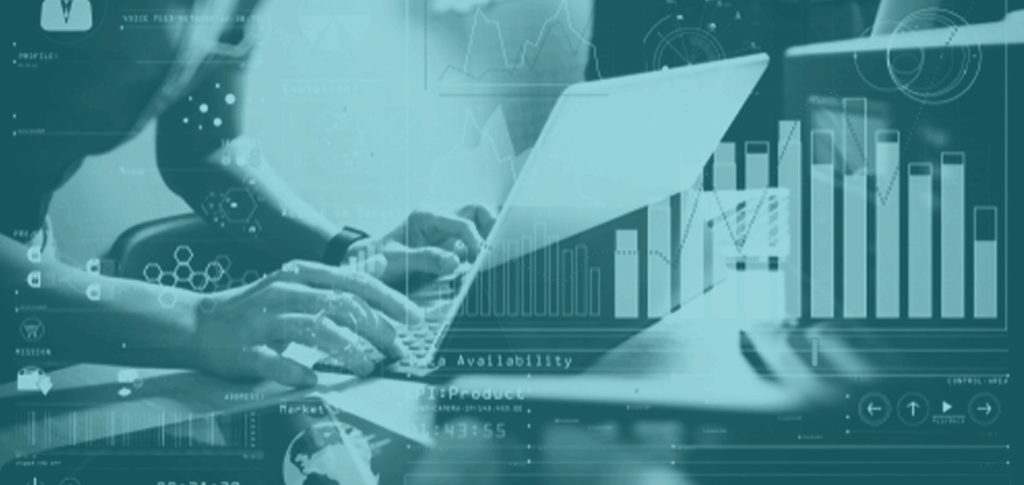Over the last few posts in this series on being successful in digital analytics, I have covered how to structure your implementation, add new items to your implementation and focus on data quality. In this post, I will talk about moving into the analysis phase of digital analytics.
While reading the posts in this series may have seemed like a lot of work (and homework assignments), I have some bad news for you. Believe it or not, all of this work has only gotten you to the starting line of digital analytics! I say this because all of this work has been put in so that you, your team and/or your stakeholders can begin using the data that you are collecting to conduct analysis. Who would have thought we’d be thirteen posts in before we even start looking at data!
So how do you “do analysis?” That is a large question and has been the subject of many books. In this post, we can’t get into the details on this, but instead, I want to talk about the general approach to analysis. As I mentioned in the profit/cost center post, it is always best if your team is focused on using data to make or save your organization money instead of simply providing reports. This is where the business requirements gathering work you did earlier can really pay off. Using prior business requirement prioritization, you can try to automate the lower priority stuff so that you can spend more time on the higher priority business questions.
As mentioned in the prior post, you only generate ROI from digital analytics when you use data to make a change to your website/app that has a positive impact. One analogy I like to use is that of a thermometer and a thermostat. A thermometer is a pretty boring device. It simply tells you the current temperature or you can record its readings and see historical temperatures as well. But thermometers won’t let you change the temperature. Conversely, thermostats have a dial that can be turned left or right and doing this will cause the temperature to get warmer or cooler. Good analytics teams are like thermostats in that the data is a means to an end. They do not collect the data to simply report on it, but rather, they use data to identify hypotheses that they can test out to improve conversion rates or user experiences.
In some respects, good digital analytics teams are like scientists employing the scientific method. They are constantly using data to conjure new theories and tests that either prove or disprove their hypotheses. When I joined Salesforce and headed up analytics, it took about a year for us to transition from being a thermometer team to a thermostat team. But once we made the transition, we were laser-focused on the most important business objectives/requirements and were ultimately viewed as a profit center for the organization. This required automating some lower value items and asserting ourselves into more high-value projects within the organization. If you feel like you are stuck being a thermometer, I encourage you to work with your bosses to discuss the current state of your team. In most cases, those higher up in the organization want you to be adding more value, so they might be receptive to the conversation. You should bring some of the information I had you do as a homework assignment from the second post (i.e. how much time your team spends on profit/cost center activities) to the conversation and discuss how to get your team from where you are today to where you want to be. And if your organization doesn’t want to move your team from being a thermometer to a thermostat then it may be time for you to think about looking for a new employer who will!
Action Items
Your homework for this post is to:
- Do more research into how much time your team is spending on thermometer vs. thermostat projects.
- If possible, identify cases in which your team has added value through a thermostat-like project and how much value was provided so you have some examples to help make your case.
In the next post, I will cover some of the ways you can structure your team to provide analysis support within the organization.



